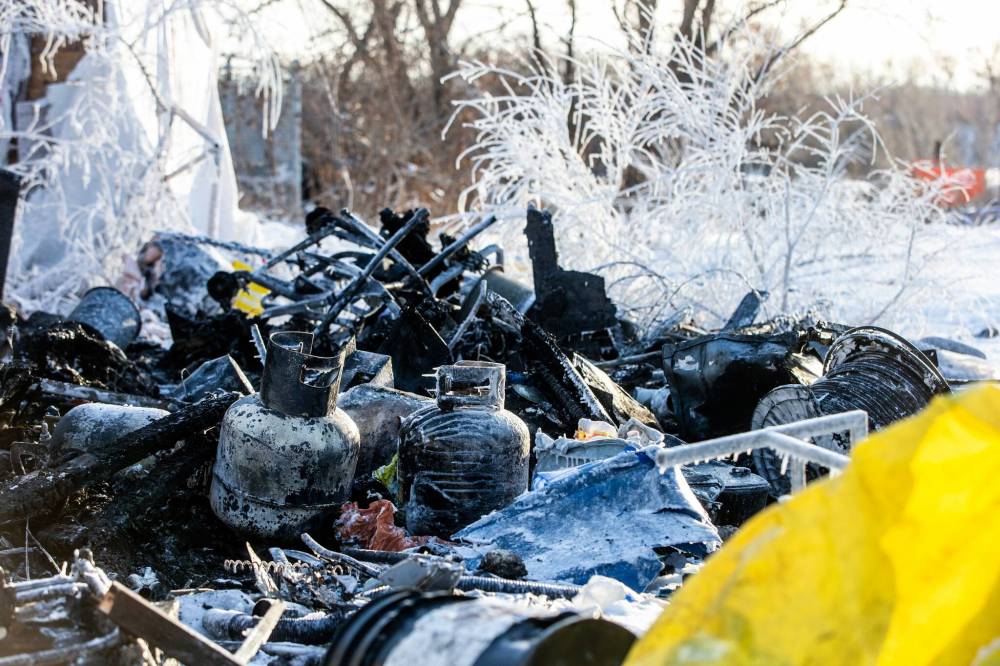Putting fire inspectors in the right places
Advertisement
Read this article for free:
or
Already have an account? Log in here »
To continue reading, please subscribe:
Monthly Digital Subscription
$1 per week for 24 weeks*
- Enjoy unlimited reading on winnipegfreepress.com
- Read the E-Edition, our digital replica newspaper
- Access News Break, our award-winning app
- Play interactive puzzles
*Billed as $4.00 plus GST every four weeks. After 24 weeks, price increases to the regular rate of $19.00 plus GST every four weeks. Offer available to new and qualified returning subscribers only. Cancel any time.
Monthly Digital Subscription
$4.75/week*
- Enjoy unlimited reading on winnipegfreepress.com
- Read the E-Edition, our digital replica newspaper
- Access News Break, our award-winning app
- Play interactive puzzles
*Billed as $19 plus GST every four weeks. Cancel any time.
To continue reading, please subscribe:
Add Free Press access to your Brandon Sun subscription for only an additional
$1 for the first 4 weeks*
*Your next subscription payment will increase by $1.00 and you will be charged $16.99 plus GST for four weeks. After four weeks, your payment will increase to $23.99 plus GST every four weeks.
Read unlimited articles for free today:
or
Already have an account? Log in here »
Hey there, time traveller!
This article was published 15/01/2024 (647 days ago), so information in it may no longer be current.
It was a fiery week at City Hall.
No, councillors weren’t trading rhetorical blows or delivering passionate speeches. Instead, calm, productive boardroom discussions were focused on the mundane, but lifesaving topic of fire prevention — an issue that has reached a boiling point locally over the last decade.
Winnipeg is a national hot spot for deadly apartment fires. Since 2015, there have been 1,961 blazes at multi-residential dwellings resulting in 374 injuries and 22 deaths, among the highest incident rates in the country.

MIKAELA MACKENZIE / WINNIPEG FREE PRESS Files
Makeshift encampments have a high risk of fire.
In light of those dismal statistics, a report has been penned recommending the city rethink its fire inspection priorities.
If approved by council, the proposal would see fewer visits to industrial buildings and more inspections at residential complexes and homeless encampments, both of which carry statistically higher fire risks. The more people are living and cooking and keeping warm together, the higher the chances of fire, along with a greater chance of loss of life.
The reallocation of resources is a no-brainer. There have been far fewer fires at industrial buildings over the same time period and none has resulted in casualties.
While increased inspections are an important preventative measure, the issue of fire safety brings up wider questions around socio-economic status and affordable housing.
Also on the agenda at last week’s community services committee meeting was an annual report on the results of fire inspections at licensed rooming houses in Winnipeg.
Of the city’s 147 rooming houses, more than half failed their first fire inspection due to issues with smoke alarms, fire alarm systems, furnaces and fire extinguishers. Compliance increased on subsequent visits, but the state of affairs in these tenements should be cause for concern.
Rooming houses are made up of low-cost suites often outfitted with shared washroom and kitchen facilities. With monthly rent in the range of a few hundred dollars, these spaces offer an opportunity for low-income residents to find affordable accommodations and avoid homelessness.
In a city with very little affordable housing stock, rooming houses are an integral part of the ecosystem. At the same time, there are predatory landlords operating illegal rooming houses throughout the city in response to the outsized demand for cheap housing.
In the past, these homes have been described as “death traps” by the local firefighter union, due to overcrowding, unsafe and unsanitary living conditions. As indicated by the report above, even legal iterations come with fire safety concerns.
Safe, dignified housing continues to remain out of reach for many Winnipeggers living in poverty.
Look no further than the growing number of local homeless encampments. Those who find themselves living rough often turn to dangerous heating sources to deal with the difficult elements. Propane heaters, butane stoves and open flames create a tinderbox situation when paired with highly flammable tarps and tents.
Last year, there were 540 fires reported at these kinds of encampments and nearly as many visits by city inspectors. More proactive fire inspections are necessary, but prevention is destined to become an unwieldy exercise if the social and economic factors fuelling these fires are not addressed. Income shouldn’t be a determining factor of a person’s risk of dying in a fire.
While it’s not up to fire inspectors to solve the complex issue of chronic poverty, better allocation of department resources has the potential to flag dangerous situations before they become deadly.
Council would be wise to adopt this proposal and move on quickly to improving the safety of Winnipeg’s affordable housing market.





